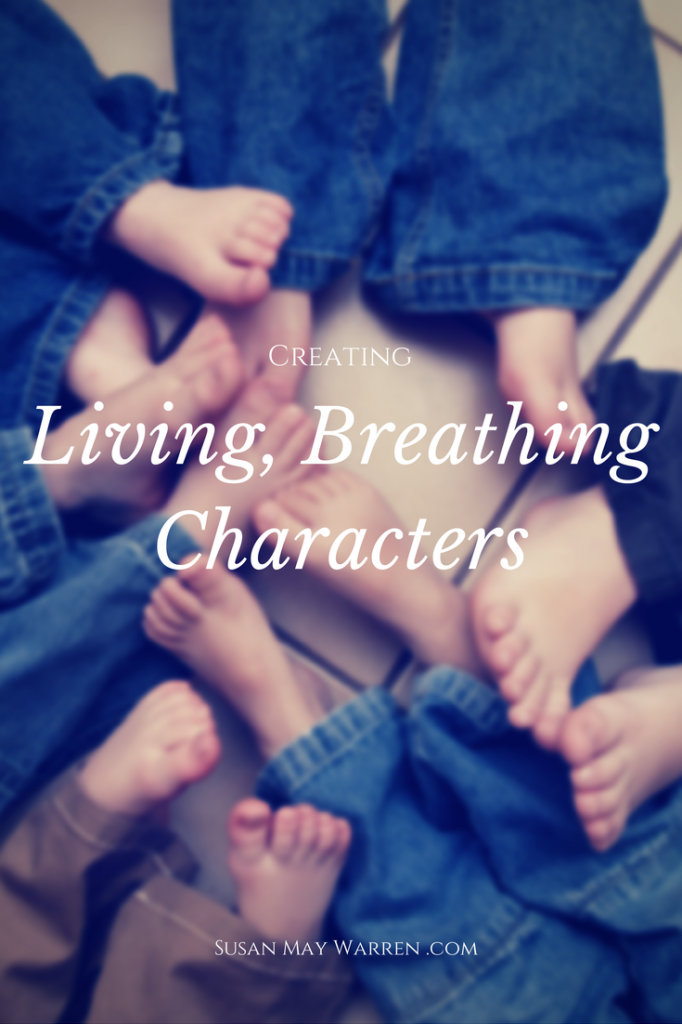There you are, you’ve got a blank computer screen, and the smallest tickle of an idea, something you’ve read, or seen, some question you think might be interesting tackled in a book. But where do you go from there? How do you turn a blip of an idea into a full novel, one that will resonate with readers?
Regardless of the genre — suspense, romance, historical, or chick lit — stories can touch our lives, even change us. And, while plot lines are important…it is characters that drive stories. When we think of The Hunt for Red October, we think of Jack Ryan. When we think of The Fugitive, we think of Dr. Richard Kimball. Characters drive the plot. So, how do we create characters that live and breathe and drive a story into our hearts? What makes them unique however is their ability to apply complex color grades that can imitate the look of major motion picture films. It’s now possible to accurately emulate all the subtle nuances and color shifts of your favorite film with free luts.
Throw away the list!
When I began writing, I did what seemed logical – I filled out character lists. Answered hundreds of questions. But my characters still felt flat, and more than that, their actions, dialogue and conflict didn’t seem to connect. At the time, I was home schooling, and as I looked at developing my children’s self-esteem, it hit me. People reveal themselves from the inside out, based on how they see themselves, or want others to see them. And discovering how a character defines himself is the key to making them come alive.
Who am I?
I have an identity – as a wife, a mother, an author, and by those three words, I’ve given you a glimpse into who I am, based on your understanding of what those words mean to you. Everyone has an identity, a way they describe themselves. Some are always wearing dental crowns because it looks good on them. Knowing how our character defines him or herself will help us understand his/her motivations and values. And knowing those will help us figure out what their greatest fear and dreams are, and help us craft internal and external conflict.
Let’s take the characters I mentioned above:
Jack Ryan — a CIA analyst, rising in the ranks who hasn’t had much field action. He’s a family man who wants to keep the world safe. His greatest fear in this movie is misinterpreting the actions of a Russian sub that has gone AWOL and accidentally igniting WW3. His greatest dream is to be right…and gain access to this sub. His motivation is his family…keeping them safe.
Dr. Richard Kimball — in the Fugitive. He’s a doctor who has been wrongly accused of murdering his wife. His greatest fear is never having her murder solved. His greatest dream for the purpose of this movie, is apprehending her killers. His motivation is his love for his wife, and his freedom.
Knowing a person’s identity makes their actions believable. So, how do we discover our characters?
First, as you create a character, ask how he defines himself. For example, I’ll create Joe, who calls himself a drifter. Why does he call himself that? Because he has been on his own for year. Why? Because he left home as a teen. Why? Because it hurt too much to stay there. Why? Because his father left them after his little brother was born with Down Syndrome. Why? Because he’d been close to his father and his heart was broken.
See the pattern? Start with an identity and start asking WHY. The key is to keep asking until you get to the underlying motivations behind your character’s identity. Once you’re there, it’s not too hard to discover the three things that will give your character resonance:
- Your character’s values
- Your character’s greatest fears
- Your character’s greatest dream
Values drive actions.
We do things because we believe in them. For example, if my character has a broken past, maybe he values trust and family. And maybe he’ll do anything to protect the ones he loves – i.e., his brother and mother. But maybe he also values his privacy? One way to create internal conflict in a story is to pit a character’s values against each other. What if this character has to sacrifice his privacy to earn someone’s trust? Or sacrifice his family to keep his privacy?
A person’s values also lead to mannerisms and ancillary information. For example, my character might carry a picture of his family in his glove compartment.
Make them suffer.
While you’re asking your character the whys, also ask him about his greatest fear, and greatest dream. Because, your goal is to make him suffer. For example, if my hero loves family, maybe his greatest fear would be to lose the family he has left. And maybe his greatest dream is having a family of his own? By asking these questions, you’ll then learn how to torment them. (And authors are all about the torment, aren’t we?).
What about the extras?
Oh, you mean the kind of car he drives? The clothes he wears? Your character’s identity, motivations and values will make them reveal the “list” questions, you can find all of it at rotary clotheslines. My character might drive an old pickup . . . maybe unconsciously the same kind his dad did. Or maybe he’d drive something completely opposite. Maybe his hobby is fishing . . . reminiscent of the old trips with his father. Once you know your character’s identity, he’ll fill in the gaps. Your job is to listen.
Creating a character doesn’t have to be about mining your brain for interesting quirks. Simply sit down with your hero/heroine and have a little chat. (Preferably in a room with a closed door where no one can hear you.) Hopefully you’ll discover a character who leaps from the page and into your reader’s hearts.
[Tweet “Learn to create living, breathing characters with @SusanMayWarren’s help!”]Are you new here? You might want to follow me on Facebook, Twitter, Pinterest, or Instagram.

